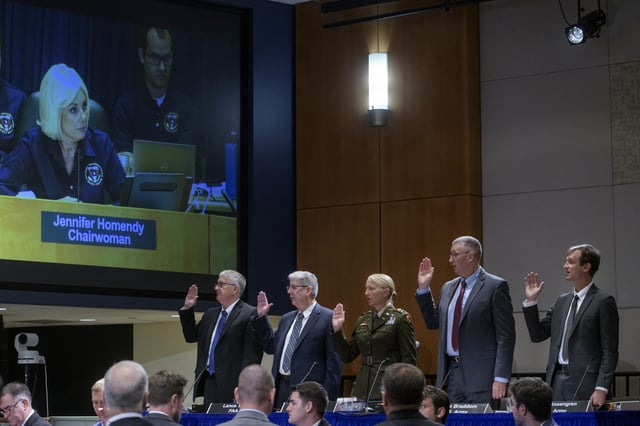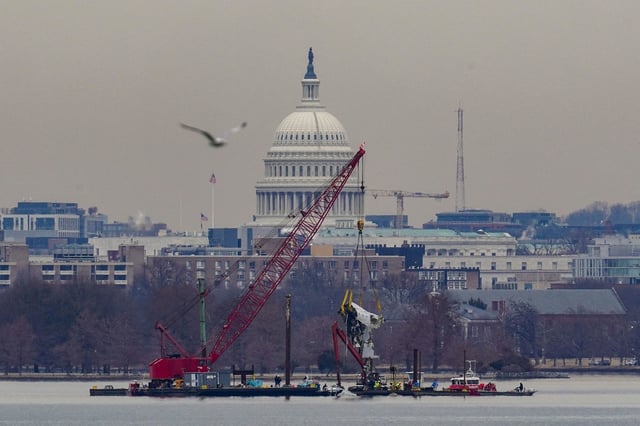Overview
- Investigators showed Black Hawk barometric altimeters underreported true altitude by 80–100 feet and found similar discrepancies on three other helicopters in the same unit.
- Tower recordings revealed a single controller managing separate helicopter and airplane frequencies, causing stepped-on transmissions that blocked key avoidance directives.
- Testimony on day two highlighted gaps in air traffic control training and a ‘make it work’ culture with no proactive supervision to flag overwhelmed controllers.
- FAA and Army officials acknowledged that controllers often relied on visual separation and nonstandard maneuvers in heavily trafficked military and civilian corridors over the Potomac River.
- Legislators responded by advancing proposals to mandate both ADS-B In/Out systems and to modernize helicopter routes near Reagan National Airport as part of broader aviation safety reforms.


